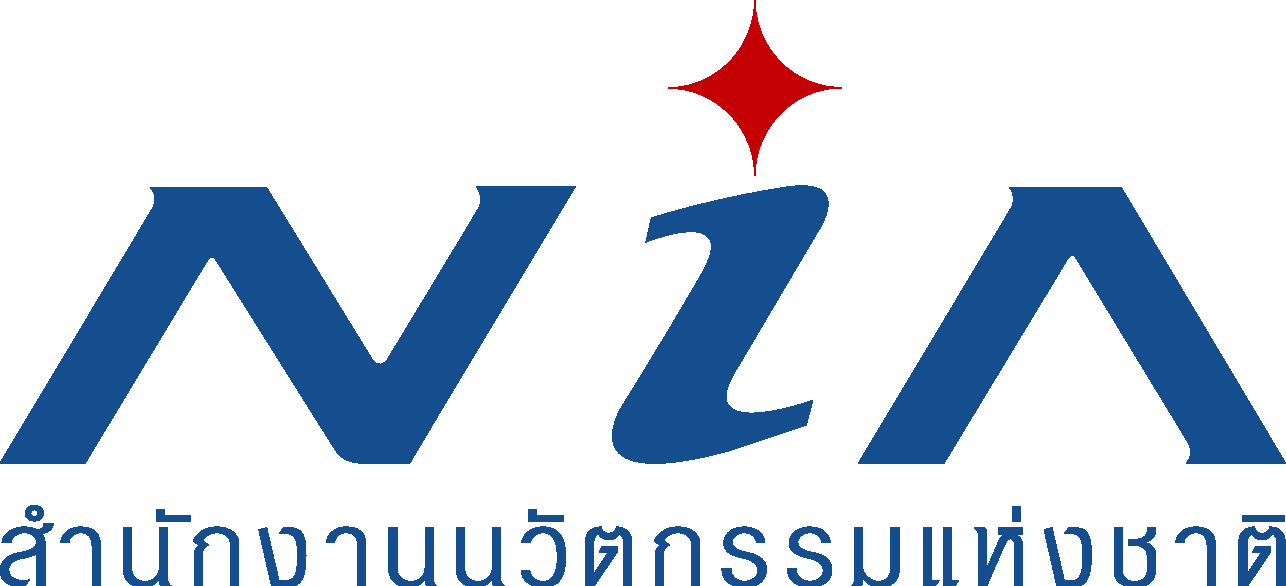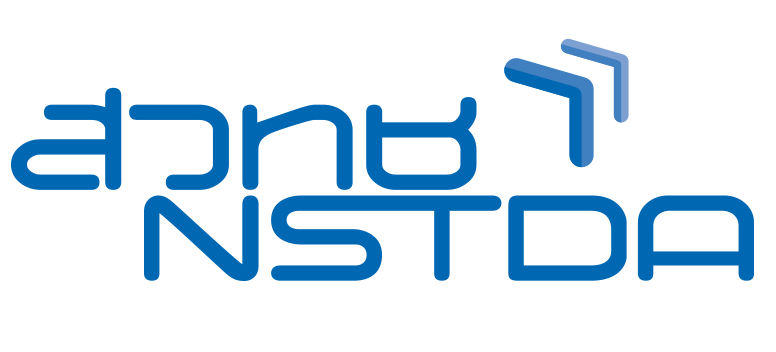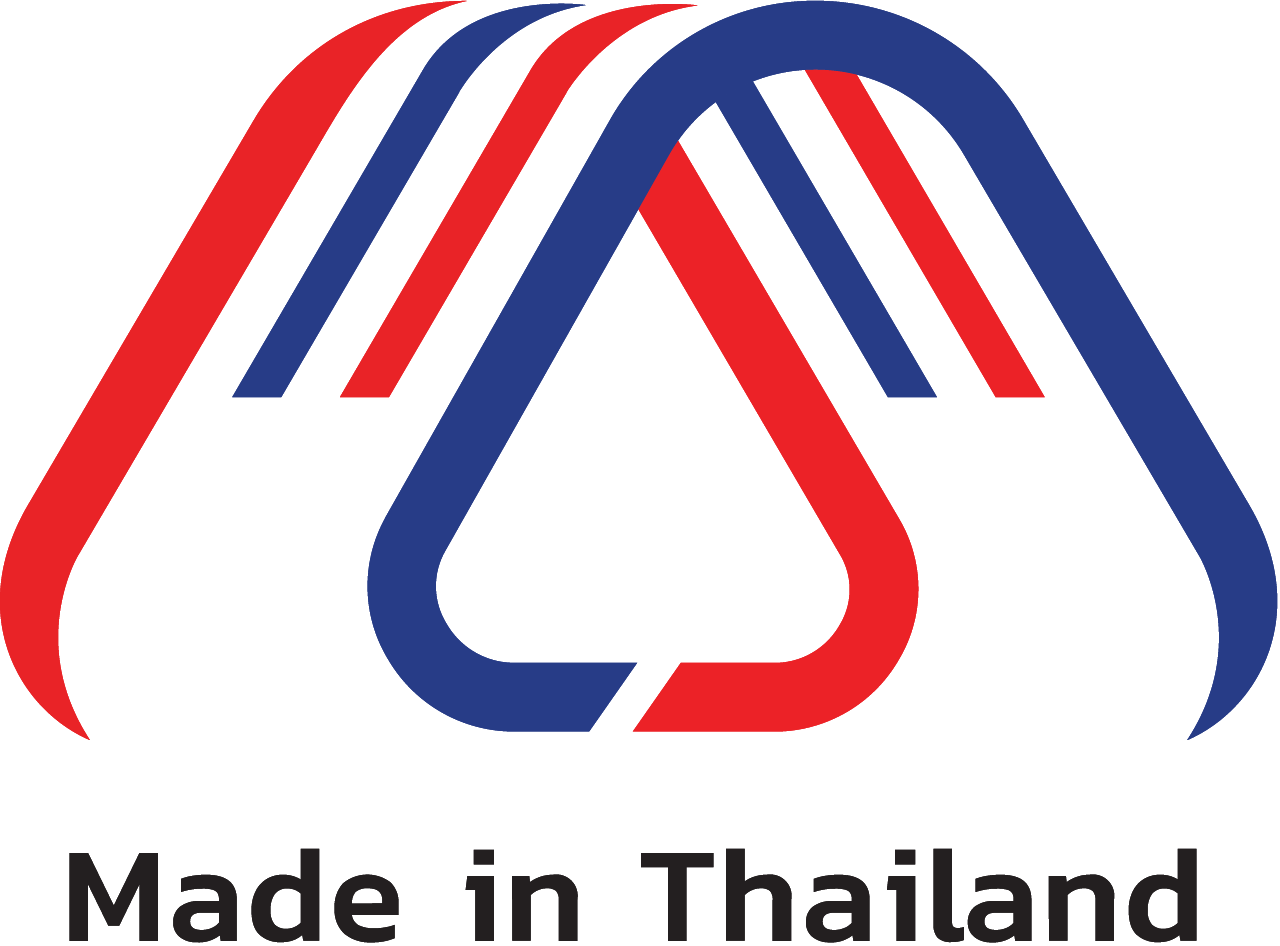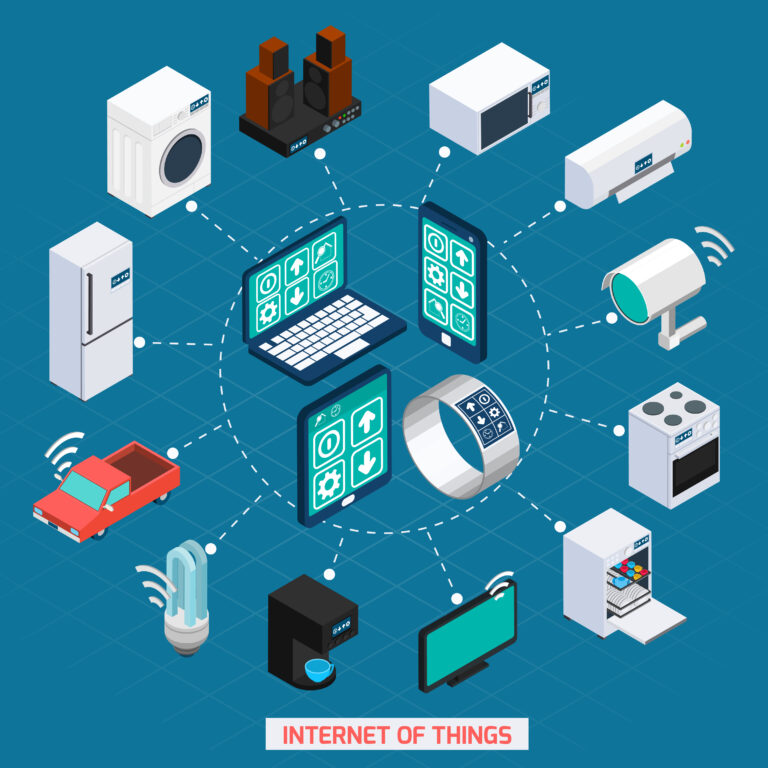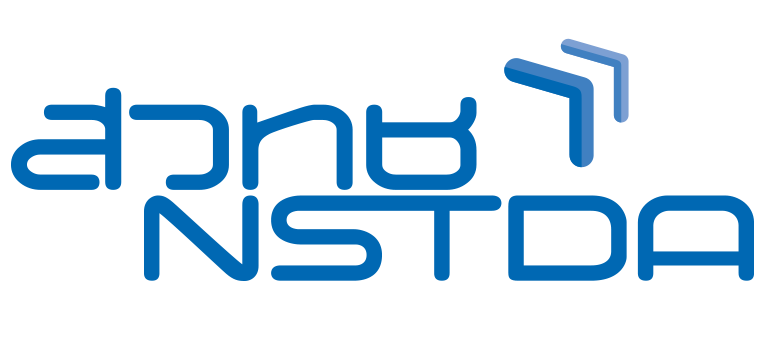Hardware Differences Between Industrial IoT and IoT
While both Industrial IoT (IIoT) and IoT share a common foundation of connecting devices to the internet, they often have distinct hardware requirements due to the specific needs of industrial environments.
Industrial IoT Hardware
Ruggedness: Industrial devices must be designed to withstand harsh conditions such as extreme temperatures, humidity, vibration, and shock. They often have robust enclosures and protective coatings.
Reliability: IIoT devices must operate continuously in demanding environments. They often have redundant components and built-in fault tolerance mechanisms.
Security: Industrial networks are often critical infrastructure, making security a paramount concern. IIoT devices may have specialized security features like hardware-based encryption and intrusion detection.
Connectivity: Industrial environments may have limited or unreliable wireless connectivity. IIoT devices often support wired connections (Ethernet) or industrial wireless protocols like Wi-Fi, Bluetooth, or cellular.
Power Supply: Industrial devices may need to operate on various power sources, including AC, DC, or batteries. They may have power management features to ensure continuous operation.
Sensors and Actuators: IIoT devices often incorporate specialized sensors and actuators tailored for industrial applications, such as temperature sensors, pressure sensors, flow meters, and motors.
Reliability: IIoT devices must operate continuously in demanding environments. They often have redundant components and built-in fault tolerance mechanisms.
Security: Industrial networks are often critical infrastructure, making security a paramount concern. IIoT devices may have specialized security features like hardware-based encryption and intrusion detection.
Connectivity: Industrial environments may have limited or unreliable wireless connectivity. IIoT devices often support wired connections (Ethernet) or industrial wireless protocols like Wi-Fi, Bluetooth, or cellular.
Power Supply: Industrial devices may need to operate on various power sources, including AC, DC, or batteries. They may have power management features to ensure continuous operation.
Sensors and Actuators: IIoT devices often incorporate specialized sensors and actuators tailored for industrial applications, such as temperature sensors, pressure sensors, flow meters, and motors.
IoT Hardware
Consumer-Grade: IoT devices are often designed for consumer use, emphasizing factors like aesthetics, ease of use, and affordability.
Limited Environmental Tolerance: IoT devices may not be as rugged as IIoT devices, making them less suitable for harsh industrial environments.
Security: While security is important for IoT devices, it may not be as critical as in IIoT environments.
Connectivity: IoT devices often rely on wireless connectivity (Wi-Fi, Bluetooth, cellular) for convenience.
Power Supply: IoT devices typically operate on batteries or low-voltage power supplies.
Limited Environmental Tolerance: IoT devices may not be as rugged as IIoT devices, making them less suitable for harsh industrial environments.
Security: While security is important for IoT devices, it may not be as critical as in IIoT environments.
Connectivity: IoT devices often rely on wireless connectivity (Wi-Fi, Bluetooth, cellular) for convenience.
Power Supply: IoT devices typically operate on batteries or low-voltage power supplies.
In summary, the key hardware differences between IIoT and IoT are related to ruggedness, reliability, security, connectivity, power supply, and the specific sensors and actuators used. IIoT devices are designed to meet the demanding requirements of industrial environments, while IoT devices are more focused on consumer-friendly features.
© 2026 www.wiplux.com. Created for free using WordPress and
Colibri


